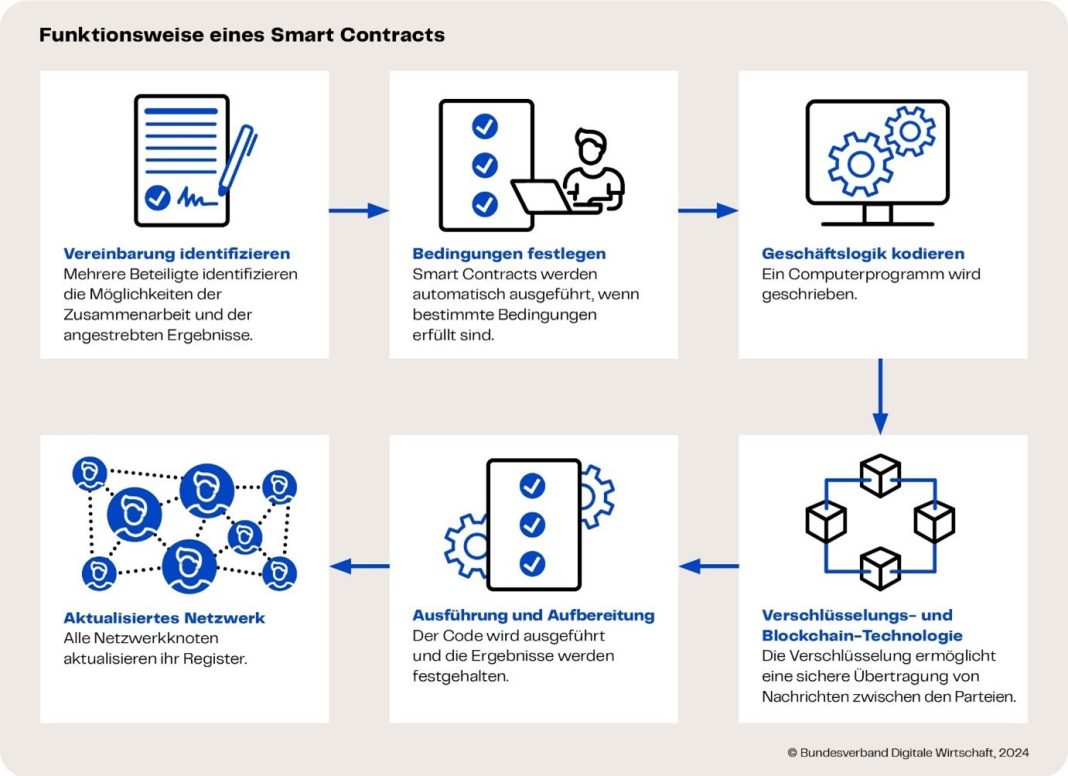
Providing Financial Assistance While Living: A Wise Move for Baby Boomers
Introduction:
Baby boomers are at a stage where they need to carefully consider how to transfer their wealth to the next generation without jeopardizing their own retirement security. Many boomers are not content with waiting until their demise to help their heirs and charities. This article explores the benefits of providing financial assistance while living, offering insights on the potential impact and considerations for boomers.
The Importance of “Giving While Living”:
Financial planners emphasize the significance of including “giving while living” in estate plans. This approach allows boomers to support their children and grandchildren in achieving important goals while also assessing their ability to manage their inheritance. Abrin Berkemeyer, a certified financial planner, highlights the value of witnessing the impact of one’s support on heirs during one’s lifetime.
Determining Affordability:
To embark on this journey, it is essential to assess how much one can afford to give away. Creating a retirement income and expense timeline becomes crucial in understanding the amount that can be withdrawn from savings each year. This timeline aids in covering expenses that cannot be met by Social Security benefits, pension payments, or other income sources. Seeking professional guidance is recommended to accurately project investment returns and estimate tax obligations.
Estimating Long-Term Care Needs:
Estimating the financial requirements for long-term care is a challenging task, especially for individuals in their sixties. Financial planners employ various scenarios to help clients determine the amount they should save for this expense. Berkemeyer advises saving enough to cover three years of in-home care for eight hours a day. Contrary to popular belief, most individuals are more likely to require in-home care rather than residing in a nursing home. Factors such as health, family medical history, marital status, and other sources of funds (e.g., long-term care insurance) should be considered. Additionally, home equity can play a role in funding care in assisted-living facilities or nursing homes. Those who prefer aging in place may explore the option of utilizing a reverse mortgage to finance in-home care.
Conclusion:
“Giving while living” offers baby boomers the opportunity to witness the impact of their support on their heirs and charities. By carefully assessing affordability and estimating long-term care needs, boomers can strike a balance between providing financial assistance and securing their retirement. Seeking professional guidance is crucial to make informed decisions and project future financial obligations accurately. Ultimately, this approach allows boomers to leave a lasting legacy while enjoying the benefits of their generosity during their lifetime.

